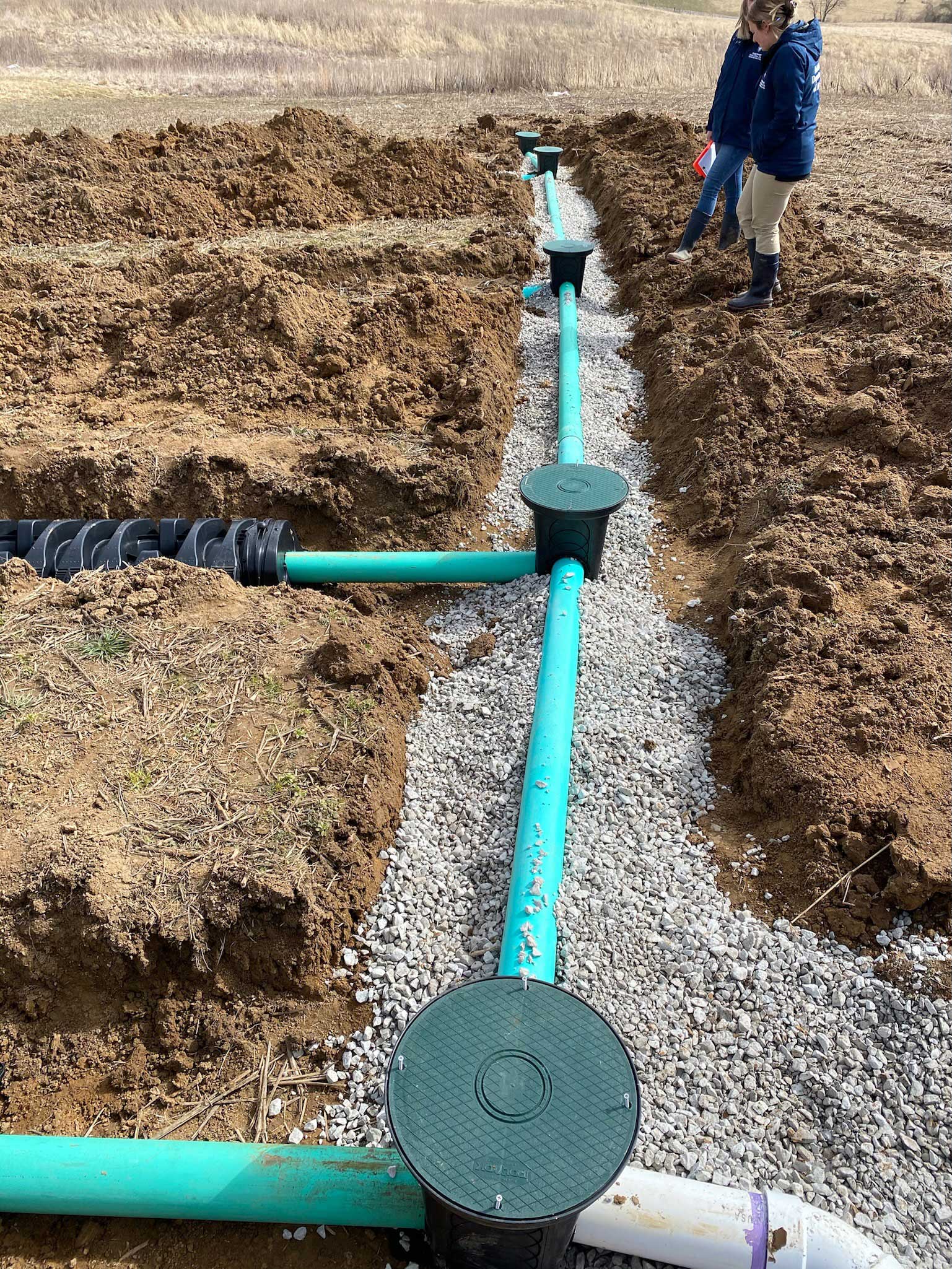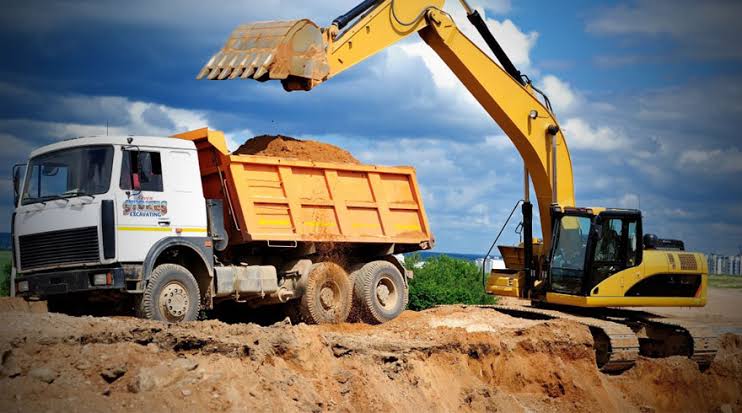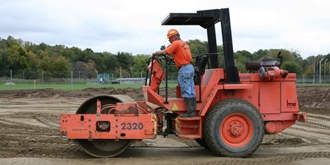Thorough Expedition: The Science Behind Superior Excavation Practices
The realm of excavation practices is a domain where scientific research intertwines with workmanship to uncover the mysteries concealed underneath the earth's surface. From ancient hand tools to contemporary hydraulic excavators, the development of excavation strategies has been a testimony to human resourcefulness and technological developments. What genuinely establishes premium excavation methods apart is a deep understanding of geological principles, paired with the utilization of innovative devices and methods. By discovering the science behind these practices, we can reveal the tricks that lie under our feet and value the accuracy and expertise that enter into every dig.
Advancement of Excavation Techniques
Throughout background, the evolution of excavation strategies has actually played a vital duty beforehand building methods and archaeological discoveries. From the rudimentary tools made use of by our ancestors to the advanced machinery utilized in modern times, the development of excavation approaches has substantially changed how we come close to various tasks.
In ancient times, manual work with fundamental devices such as pickaxes, shovels, and wheelbarrows was the primary technique of excavation. This labor-intensive procedure restricted the deepness and extent of excavations, frequently leading to slow-moving development and limited access to specific websites. Nonetheless, as human beings advanced, so did the tools and methods made use of for excavation.
The Industrial Revolution marked a turning point in excavation practices with the introduction of steam-powered machinery. In modern times, technology plays a critical role in excavation, with developments like GPS systems, drones, and 3D scanning improving precision and effectiveness in the field.
Duty of Modern Technology in Excavation

The combination of cutting-edge innovation has essentially revolutionized the area of excavation, enhancing precision and performance to unprecedented degrees - lancaster excavation. One of the crucial technological developments that has actually considerably affected excavation methods is the utilization of GPS systems.
In addition, the advent of 3D modeling and simulation software has structured the preparation procedure for excavation projects. Engineers and drivers can currently envision the entire excavation procedure before breaking ground, enhancing and recognizing potential challenges process. Combined with this, the application of drones in excavation tasks has promoted airborne studies, volumetric measurements, and site evaluations with unequaled rate and precision.
Geological Concepts in Excavation
An understanding of geological concepts is vital for guaranteeing the structural integrity and stability of excavation sites. Geological aspects play an important function in establishing the feasibility and safety and security of excavation jobs.
In addition, the geological structure of the area, consisting of faults, fractures, and rock developments, should be carefully analyzed to determine possible dangers and obstacles. Digging deep into near mistake lines or unstable rock developments can cause instability and potential threats. By carrying out extensive geological studies and evaluation, excavators and engineers can develop methods to mitigate more info here risks and make certain the successful conclusion of excavation projects. Inevitably, including geological principles into excavation methods is essential for attaining safe, effective, and lasting results.

Newest Tools for Excavation
In the realm of excavation practices, modern developments in devices have revolutionized the efficiency and accuracy of excavation procedures. Among the most recent tools making waves in the industry is making use of drones outfitted with innovative imaging modern technology. These drones can give detailed airborne studies of excavation sites, offering real-time information on topography and possible dangers. This info aids in better preparation and decision-making throughout the excavation procedure.
One more cutting-edge device getting appeal is the implementation of 3D printing modern technology for producing customized excavation equipment. This permits the manufacturing of specialized devices view that are tailored to the certain requirements of a project, raising efficiency and lowering downtime.
Moreover, developments in products science have resulted in the advancement of stronger and extra resilient excavation devices. dump truck companies in ohio. Tungsten carbide-tipped excavator attachments, for instance, deal exceptional performance in challenging ground conditions, boosting productivity on-site
Scientific research's Effect on Excavation Practices
Moreover, improvements in products scientific research have brought about the development of stronger, extra long lasting excavation devices and devices. The usage of composite products in official source shovels and diggers has enhanced their performance and durability, inevitably increasing performance on excavation websites. Furthermore, scientific research study on dirt auto mechanics and geotechnical engineering has actually provided valuable understandings into soil behavior, allowing excavation professionals to make educated decisions pertaining to excavation methods and dirt stabilization strategies. Generally, scientific research continues to drive development and renovation in excavation practices, making excavation tasks much more reliable, affordable, and lasting.

Final Thought
Finally, the evolution of excavation techniques has been significantly influenced by advancements in technology and a much deeper understanding of geological concepts. The most up to date devices and devices used in excavation have enhanced effectiveness and precision in the area. The application of scientific understanding has actually dramatically improved excavation practices, resulting in more lasting and efficient approaches for excavating various sorts of materials.
In the realm of excavation methods, modern technologies in tools have transformed the efficiency and accuracy of excavation procedures. By leveraging clinical principles, the excavation industry has actually been able to dramatically improve performance, accuracy, and safety in excavation processes. GPR permits excavation teams to non-invasively scan and map subsurface structures, energies, and possible dangers, allowing them to intend excavation tasks with higher precision and reduced threat of crashes.
In addition, scientific research on dirt technicians and geotechnical design has provided beneficial insights into dirt behavior, enabling excavation experts to make informed choices relating to excavation methods and dirt stablizing techniques. On the whole, science proceeds to drive development and improvement in excavation techniques, making excavation tasks more reliable, economical, and sustainable.